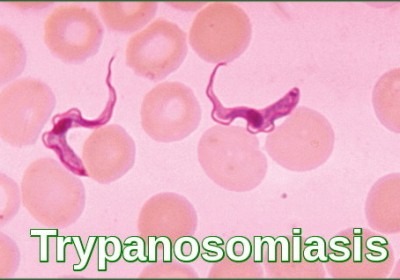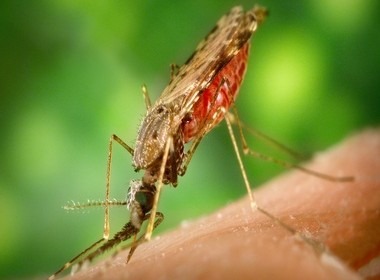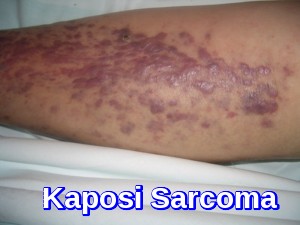Coronavirus and Blood

Coronavirus and Blood: Does coronavirus have direct effects on Blood? The United States and countries around the world face a major public health concern with the current outbreak of the novel (new) coronavirus (COVID-19). The emergence of the novel coronavirus outbreak in December 2019 was followed by its spread on a global scale unparalleled in the last 100 years. At […]
Read more





